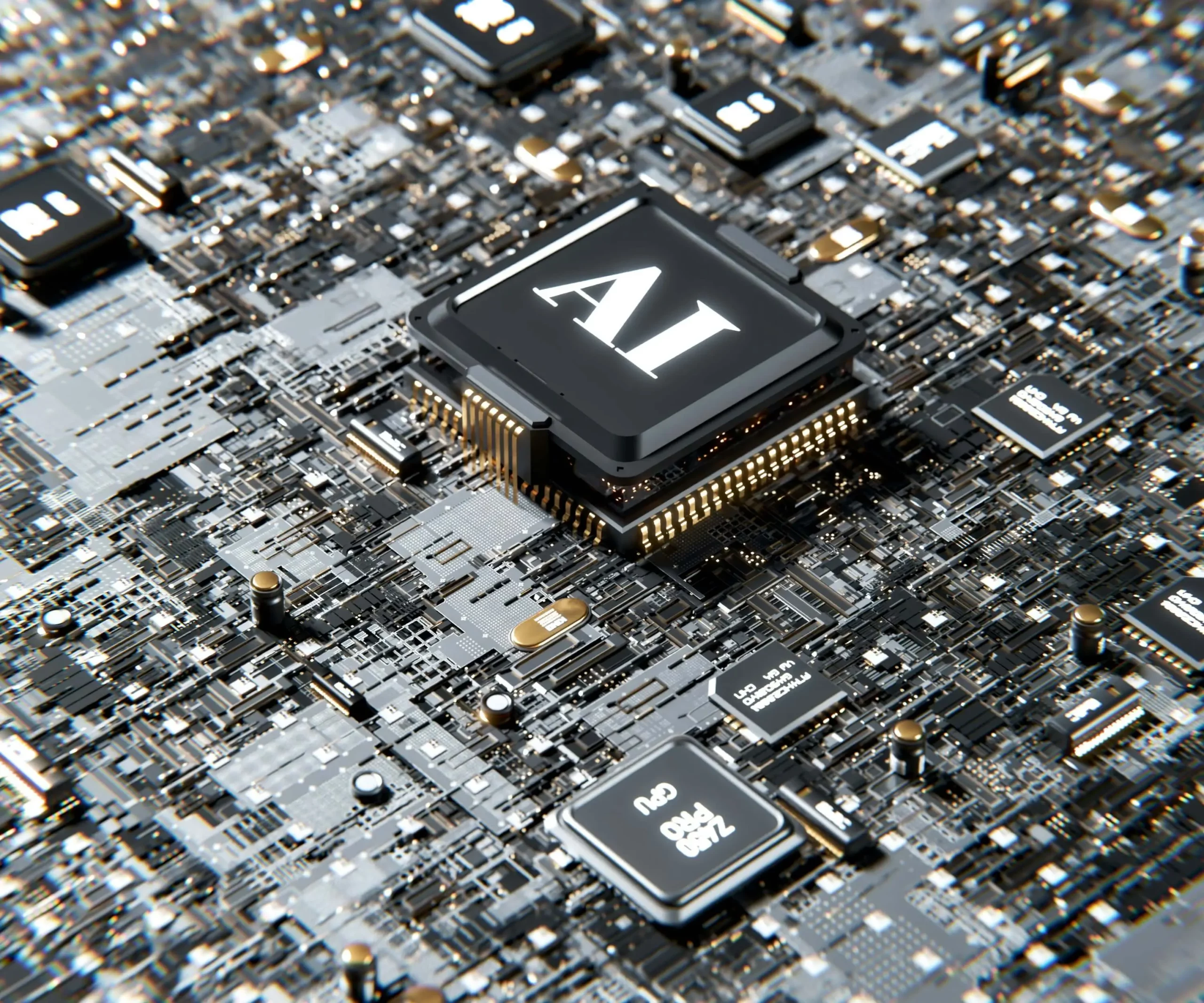Introduction: Why GPU Benchmarks Matter
Think of benchmarks as X-ray vision for your GPU. They reveal real performance beyond marketing claims. Years ago, benchmarks focused on gaming. Today, they’re vital for AI, 3D rendering, and machine learning. Choosing the right GPU without benchmarks? That’s like buying a car without a test drive.
Free GPU Benchmark Tools Compared
Stop paying for tools you don’t need. These free options cover 90% of use cases:
| Tool | Best For | Why It Shines |
| MSI Afterburner | Real-time monitoring | Tracks FPS, temps & clock speeds live |
| Unigine Heaven | Stress testing | Pushes GPUs to their thermal limits |
| UserBenchmark | Quick comparisons | Compares your GPU to others in seconds |
| FurMark | Thermal performance | “Stress test mode” finds cooling flaws |
| PassMark | Cross-platform tests | Works on Windows, Linux, and macOS |
Online alternatives: GFXBench (mobile/desktop), BrowserStack (web-based testing).
GPU Benchmark Methodology 101
Compare GPUs like a pro with these key metrics:
- Gamers: Prioritize FPS (frames per second) at your resolution (1080p/4K)
- AI/ML Pros: Track TFLOPS (compute power) and VRAM bandwidth
- Content Creators: Balance render times and power efficiency
Pro Tip: Always test in identical environments. Synthetic benchmarks (like 3DMark) show theoretical power. Real-world tests (actual games/apps) reveal true performance.
AI/Deep Learning GPU Benchmarks Deep Dive
For AI workloads, generic tools won’t cut it. Use these specialized frameworks:
- MLPerf Inference: Industry standard for comparing AI acceleration
- TensorFlow Profiler: Optimizes TensorFlow model performance
- PyTorch Benchmarks: Tests PyTorch model speed and memory use
Critical factors:
- Precision: FP16/INT8 throughput (higher = better)
- VRAM: 24GB+ needed for large language models like Llama 3
When benchmarking GPUs for AI workloads like Stable Diffusion or LLMs, raw TFLOPS only tell half the story. Real-world performance hinges on:
- GPU Cluster Utilization – Idle resources during peak loads
- Memory Fragmentation – Wasted VRAM from inefficient allocation
- Multi-Node Scaling – Communication overhead in distributed training
For enterprise AI teams: These hidden costs can increase cloud spend by 40%+ (AWS case study, 2024). This is where intelligent orchestration layers like WhaleFlux become critical:
- + Automatically allocates GPU slices based on model requirements
- + Reduces VRAM waste by 62% via fragmentation compression
- + Cuts cloud costs by prioritizing spot instances with failover
Application-Specific Benchmark Shootout
| Task | Key Metric | Top GPU (2024) | Free Test Tool |
| Stable Diffusion | Images/minute | RTX 4090 | AUTOMATIC1111 WebUI |
| LLM Inference | Tokens/second | H100 | llama.cpp |
| 4K Gaming | Average FPS | RTX 4080 Super | 3DMark (Free Demo) |
| 8K Video Editing | Render time (min) | M2 Ultra | PugetBench |
| Task | Top GPU (Raw Perf) | Cluster Efficiency Solution |
| Stable Diffusion | RTX 4090 (38 img/min) | WhaleFlux Dynamic Batching: Boosts throughput to 52 img/min on same hardware |
| LLM Inference | H100 (195 tokens/sec) | WhaleFlux Quantization Routing: Achieves 210 tokens/sec with INT8 precision |
How to Compare GPUs Like a Pro
Follow this 4-step framework:
- Define your use case: Gaming? AI training? Video editing?
- Choose relevant tools: Pick 2-3 benchmarks from Section II/IV
- Compare price-to-performance: Calculate FPS/$ or Tokens/$
- Check thermal throttling: Run FurMark for 20 minutes – watch for clock speed drops
Avoid these mistakes:
- Testing only synthetic benchmarks
- Ignoring power consumption
- Forgetting driver overhead
The Hidden Dimension: GPU Resource Orchestration
While comparing individual GPU specs is essential, enterprise AI deployments fail when ignoring cluster dynamics:
- The 50% Utilization Trap: Most GPU clusters run below half capacity
- Power Spikes: Unmanaged loads cause thermal throttling
Tools like WhaleFlux solve this by:
✅ Predictive Scaling: Pre-warm GPUs before inference peaks
✅ Cost Visibility: Real-time $/token tracking per model
✅ Zero-Downtime Updates: Maintain 99.95% SLA during upgrades
Emerging Trends to Watch
- Cloud benchmarking: Test high-end GPUs without buying them (Lambda Labs)
- Energy efficiency metrics: Performance-per-watt becoming critical
- Ray tracing benchmarks: New tools like Portal RTX test next-gen capabilities
Conclusion: Key Takeaways
- No single benchmark fits all – match tools to your tasks
- Free tools like UserBenchmark and llama.cpp cover most needs
- For AI work, prioritize VRAM and TFLOPS over gaming metrics
- Always test real-world performance, not just specs
Pro Tip: Bookmark MLPerf.org and TechPowerUp GPU Database for ongoing comparisons.
Ready to test your GPU?
→ Gamers: Run 3DMark Time Spy (free on Steam)
→ AI Developers: Try llama.cpp with a 7B parameter model
→ Creators: Download PugetBench for Premiere Pro
Remember that maximizing ROI requires both powerful GPUs and intelligent resource management. For teams deploying LLMs or diffusion models:
- Use free benchmarks to select hardware
- Leverage orchestration tools like WhaleFlux to unlock 30-50% hidden capacity
- Monitor $/inference as your true north metric

